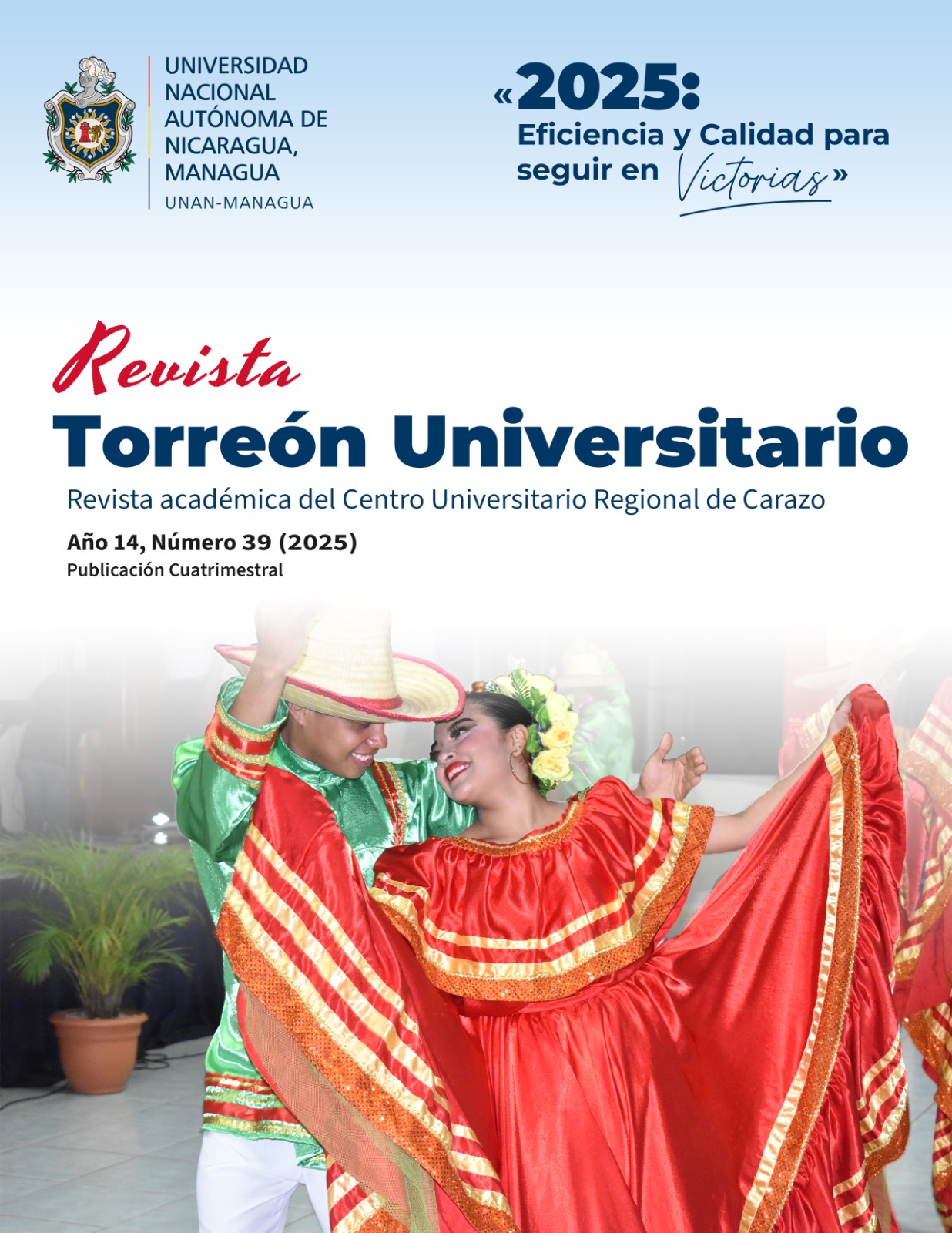Diagramas de venn ampliados a los complementos de los eventos para resolver probabilidad condicional y teorema de bayes
DOI:
https://doi.org/10.5377/rtu.v14i39.20043Palabras clave:
Diagramas de venn, probabilidad condicional, teorema de bayes, complemento de un evento de probabilidadResumen
Todos los caminos llevan a Roma, cita una vieja frase. En el mundo de las Matemáticas un determinado problema tiene muchas maneras de resolverse, algunas pueden ser complejas u otras muy sencillas y directas. Es importante destacar que la persona que trata de entender o aprender matemáticas necesita la vía más rápida de comprensión.
Los diagramas de Venn han sido muy utilizados en la solución de probabilidades entre ellas la condicional y Teorema de Bayes. Sin embargo, podemos a esta técnica ampliar los complementos de los eventos que se tratan en un determinado problema para optimizar cálculos y así poder responder a todas las preguntas de probabilidad que relaciona el problema.
Dentro de la técnica está formar las circunferencias entrelazadas indicando la región en común para cada uno de los eventos a tratar y así sus respectivos complementos. Al ser 2 eventos se formarán 4 areas que se han nombrado como pétalos, los cuales equivalen a la diferencia o sumas con la probabilidad total de cada evento según sea el caso.
Descargas
Citas
academy, k. (s.f.). khanacademy. https://es.khanacademy.org/math/ap-statistics/probability-ap/stats-conditional-probability/a/conditional-probability-using-two-way-tables
Cirrito, F. (2005). Mathematics Higher Level. IBID press. Qué es un diagrama de Venn?: https://www.lucidchart.com/pages/es/que-es-un-diagrama-de-venn
Harcet, J., Heinrichs, L., Seiler, P. M., & Torres Skoumal, M. (2014). Mathematics Higher Level, STATISTICS. Great Britain: Oxford University Press.
Lucidchart. (enero de 2024). Lucidchart. https://www.lucidchart.com/pages/es/que-es-un-diagrama-de-venn
Descargas
Publicado
Cómo citar
Número
Sección
Licencia
Derechos de autor 2025 Universidad Nacional Autónoma de Nicaragua, Managua

Esta obra está bajo una licencia internacional Creative Commons Atribución-NoComercial-SinDerivadas 4.0.
The authors who publish in this journal agree to the following terms.
- The author or authors of the articles, essays or research grant the National Autonomous University of Nicaragua, Managua (UNAN-Managua) the editing rights (copyright) of the submitted work, therefore the University has the exclusive right to publish the article for the entire copyright period.
- These copyrights/authors authorize Torreón Universitario Magazine and the University to edit and disseminate/publish the article in said Magazine, including printed and electronic reproduction, storage, retrieval and any other type of publication, and sources of secondary information as services. of summaries and databases, they also empower it to protect the article against unauthorized use for dissemination by printed or electronic media (PDF, HTML, EPUB, XML or others).
License for use of content
The magazine uses the Creative Commons Attribution-NonCommercial-NoDerivs 4.0 International License.
Under this statement:

This journal is licensed under a Creative Commons Attribution-NonCommercial-NoDerivatives 4.0 International License. It can be copied, distributed and transmitted publicly as long as the author and source are cited (Revista Torreón Universitario), it should not be modified or used for any commercial purpose. The full license can be found at http://creativecommons.org/licenses/by-nc-nd/4.0/.



